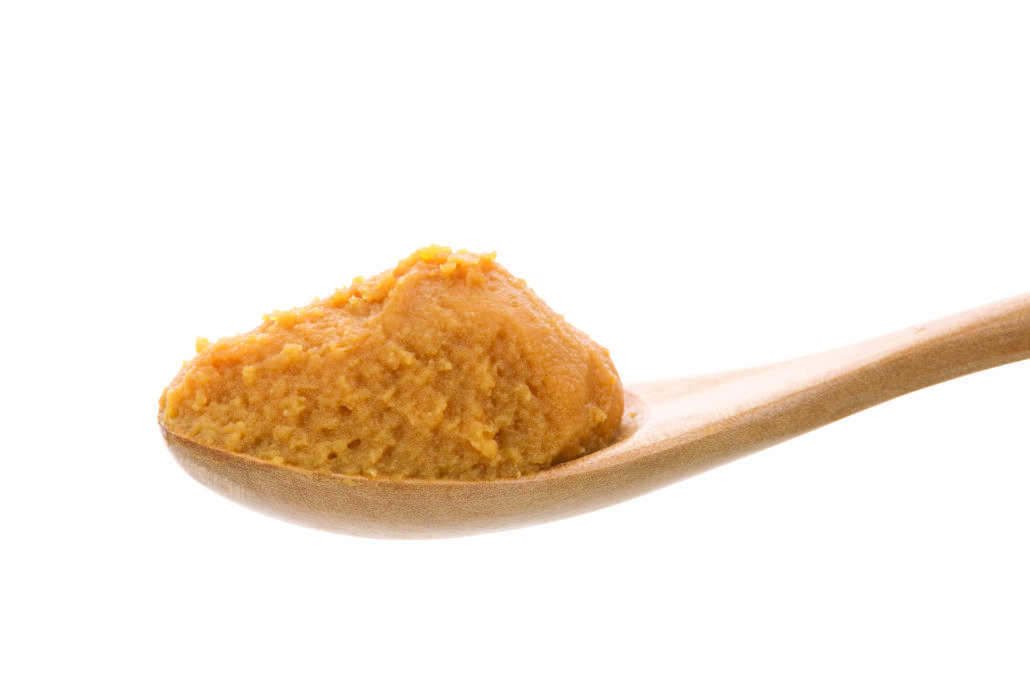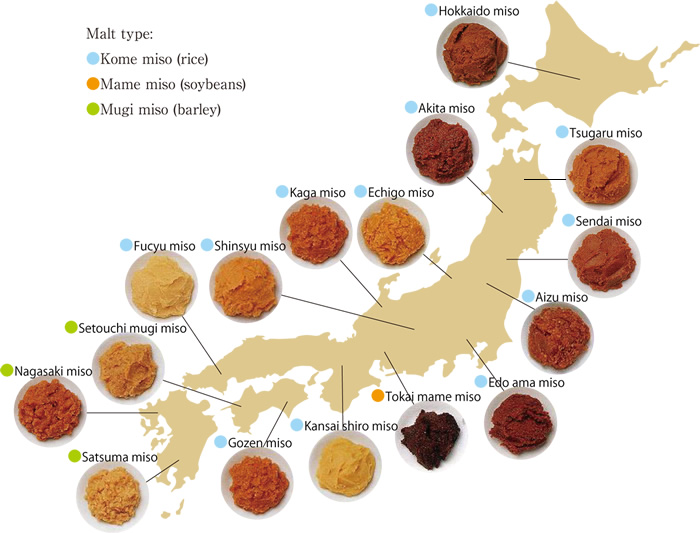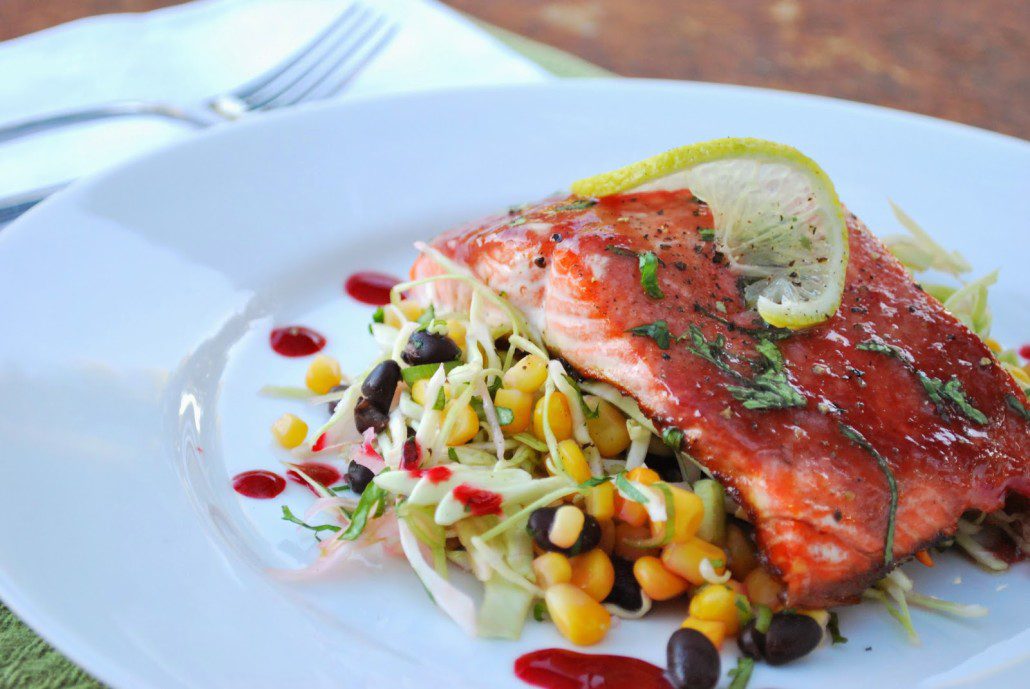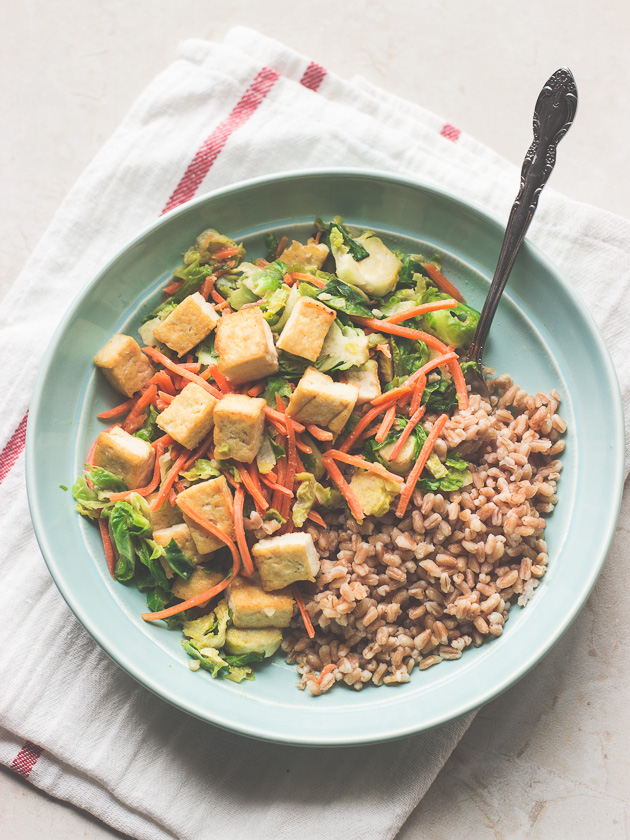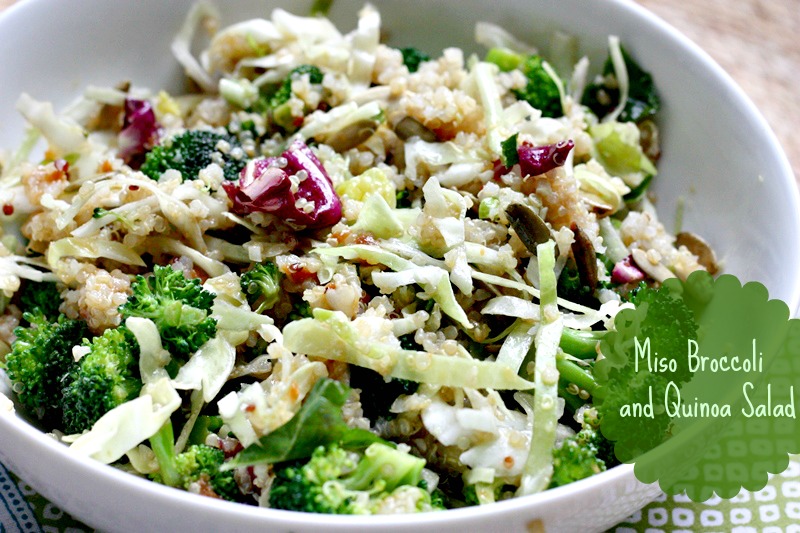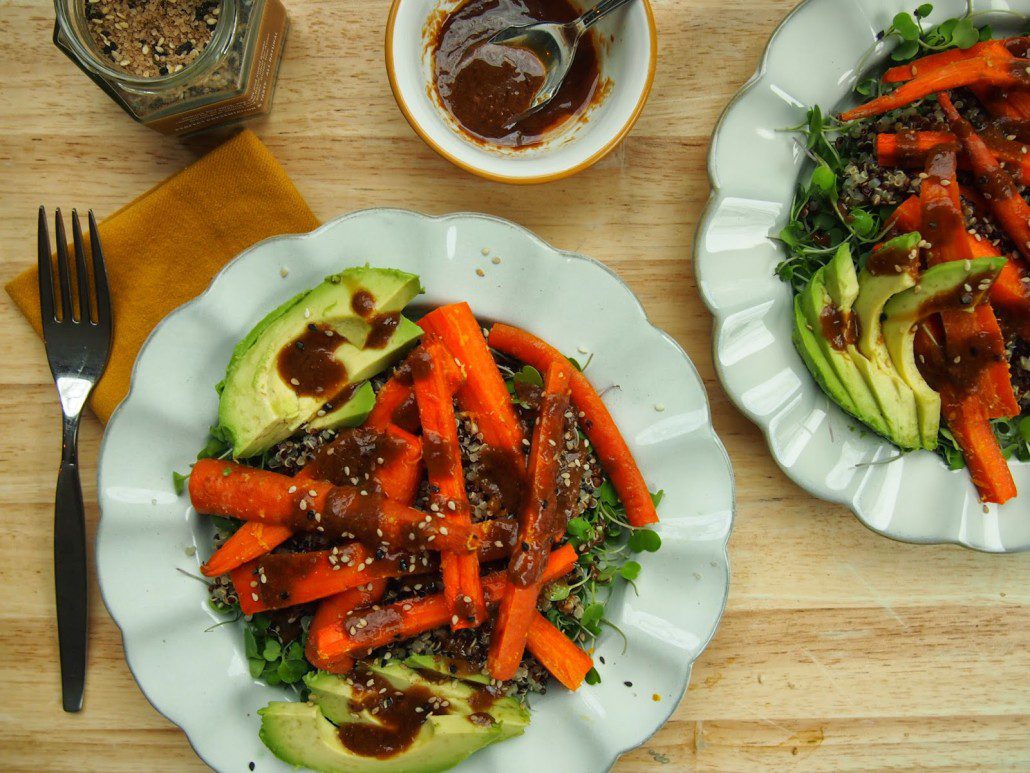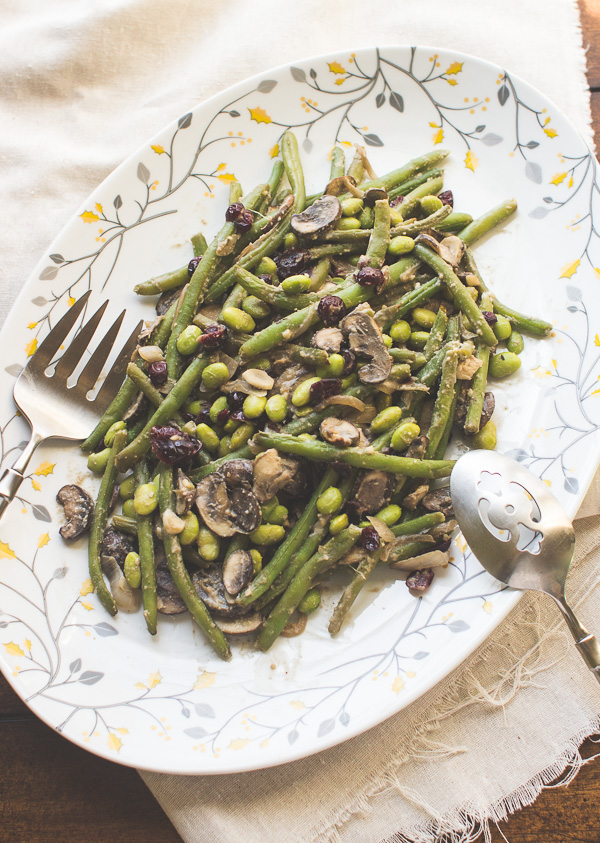When I recommend miso paste to my clients they usually think I’m talking about miso soup, a light broth containing a few cubes of tofu and some seaweed. Miso soup is delicious, it’s very warming and the perfect pre-sushi appetizer, but there is so much more to miso than just soup!
What is miso?
It’s a semi-thick paste that’s made by fermenting cooked soybeans with a starter called a “malt.” The malt is made mostly by a bacteria called aspergillus, which is cultured on the surface of soybeans, rice, or barley grains. If you’ve never seen it before, this is what miso paste looks like:
There are many types of miso (soybeans are the base, but some also include barley or rice) as well different colors and varieties. Miso can be white, yellow, dark brown, or red. The flavor depends upon the region it was made; it will be salty and dark-colored in colder regions and it will be clear, light and a little sweet in warmer areas. Kome miso is the most common type made in Japan.
You can find the best selection at an Asian grocery store…in fact, there are so many choices it is easy to get a little overwhelmed. If shopping at a regular grocery store (I’ve seen it at Whole Foods and Trader Joe’s) you probably won’t have nearly the variety. You actually might only have one choice.
Why should you eat miso paste?
Well for one, it’s so tasty! It provides that distinct umami flavor you love in traditional Japanese foods. A good rule of thumb is the lighter the miso, the less intense the flavor and the least time fermented. The darker misos have been fermented longer and have a more intense and salty flavor. Both are great! I like the lighter miso for using in salad dressing and light sauces. I like the more intense flavor of red miso for marinades and hearty soups.
Miso also has potential health benefits. I have written before about the health aspects of fermented foods, and miso falls into this category. Fermented foods like miso, tempeh, and soy sauce can help populate the good bacteria in your gut which helps keep your immune system optimized and strong!
Okay so let’s get busy learning how to use miso paste in the kitchen! I love adding miso to already existing recipes or just as a condiment.
Here are 5 easy, no-recipe required ways to use miso paste, remember to use less or no salt:
- Slather some white (aka mellow) miso onto grilled corn on the cob
- Add a tablespoon to stir fry
- Omit the salt and stir into your favorite vinaigrette salad dressing for an Asian flare
- Add to sauteed vegetables like mushrooms, onions, and greens
- Add to mashed potatoes or mashed cauliflower (whisk with a little water to make it thin)
And for even more inspiration, here a 6 more gorgeous ways to use miso paste from my RD blogger buddies:
Raspberry Miso Glazed Salmon with Cabbage Slaw from McKenzie:
Tofu and Brussels Sprouts in Miso Sauce from MJ:
Buffalo Chickpea Quinoa Burgers with “Blue Cheese” Dressing from Kara:
Miso Broccoli and Quinoa Salad from me:
Roasted Carrot And Quinoa Salad With Soy-Miso Dressing from Rachael:
Vegan Miso Green Bean Casserole from MJ:
I hope you will start adding miso paste to your repertoire, I know it will become a go-to ingredient!
